The phrase “all in the family” takes on a starkly different meaning when discussing the Whitaker family of West Virginia. Living in the remote, aptly named town of Odd, this family has gained notoriety for their unique way of life and the profound effects of inbreeding. Photographer and documentarian Mark Laita has spent years chronicling their story, offering a rare glimpse into a community seldom seen and often misunderstood.
Laita, known for his work in “Created Equal” and his YouTube channel “Soft White Underbelly,” which boasts over 4.5 million subscribers, first encountered the Whitaker family in 2004. He described his initial experience as “out of control — the craziest thing I’d ever seen.” This wasn’t just due to their isolated location in rural West Virginia, a region of Appalachia with a population density of around 779 people, but also because of the family’s limited communication, often relying on grunts and barks.
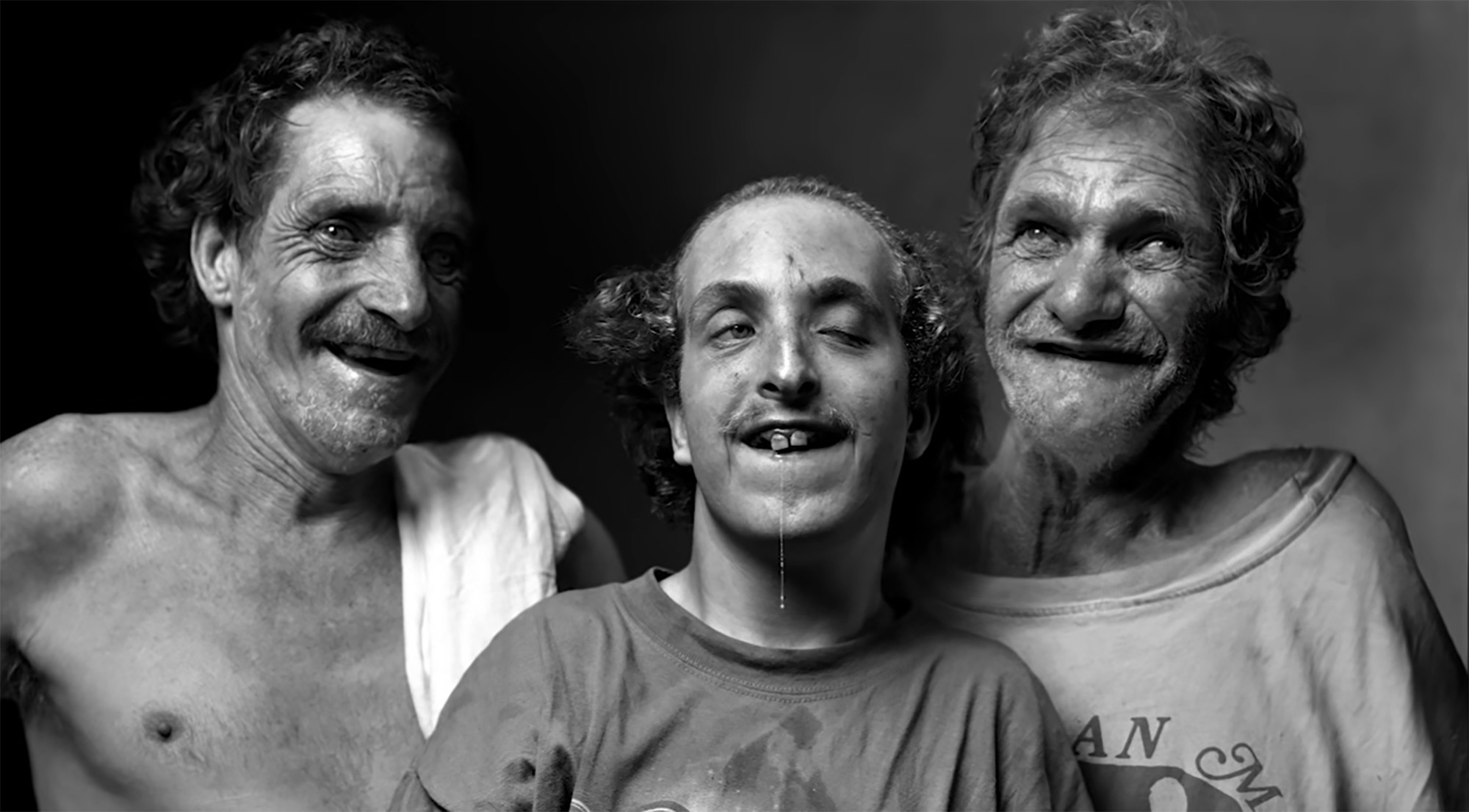 Mark Laita Portrait of the Whittakers
Mark Laita Portrait of the Whittakers
Photographer Mark Laita’s poignant portrait captures the Whitaker family in their home in Odd, West Virginia, highlighting the realities of their secluded life.
The surviving members of the Whitaker family include siblings Betty, Lorraine, and Ray, along with their cousin Timmy. Another sister, who remains unnamed in reports, and other family members also exist, though Laita has not met them. Tragically, their brother Freddie passed away due to a heart attack. Among them, only Timmy is reported to have graduated high school, underscoring the limited opportunities and challenges faced by the family.
During his initial visits, Laita faced suspicion and hostility from the local community, highlighting the protective nature of those living near the Whittakers. A neighbor, armed with a shotgun, initially threatened Laita and his team, fearing they were there to mock the family. This incident underscores the sensitivity surrounding the Whittaker family and the insularity of their community. Despite the initial apprehension, Laita was eventually allowed to photograph them, driven by a desire to document their lives and bring attention to their circumstances.
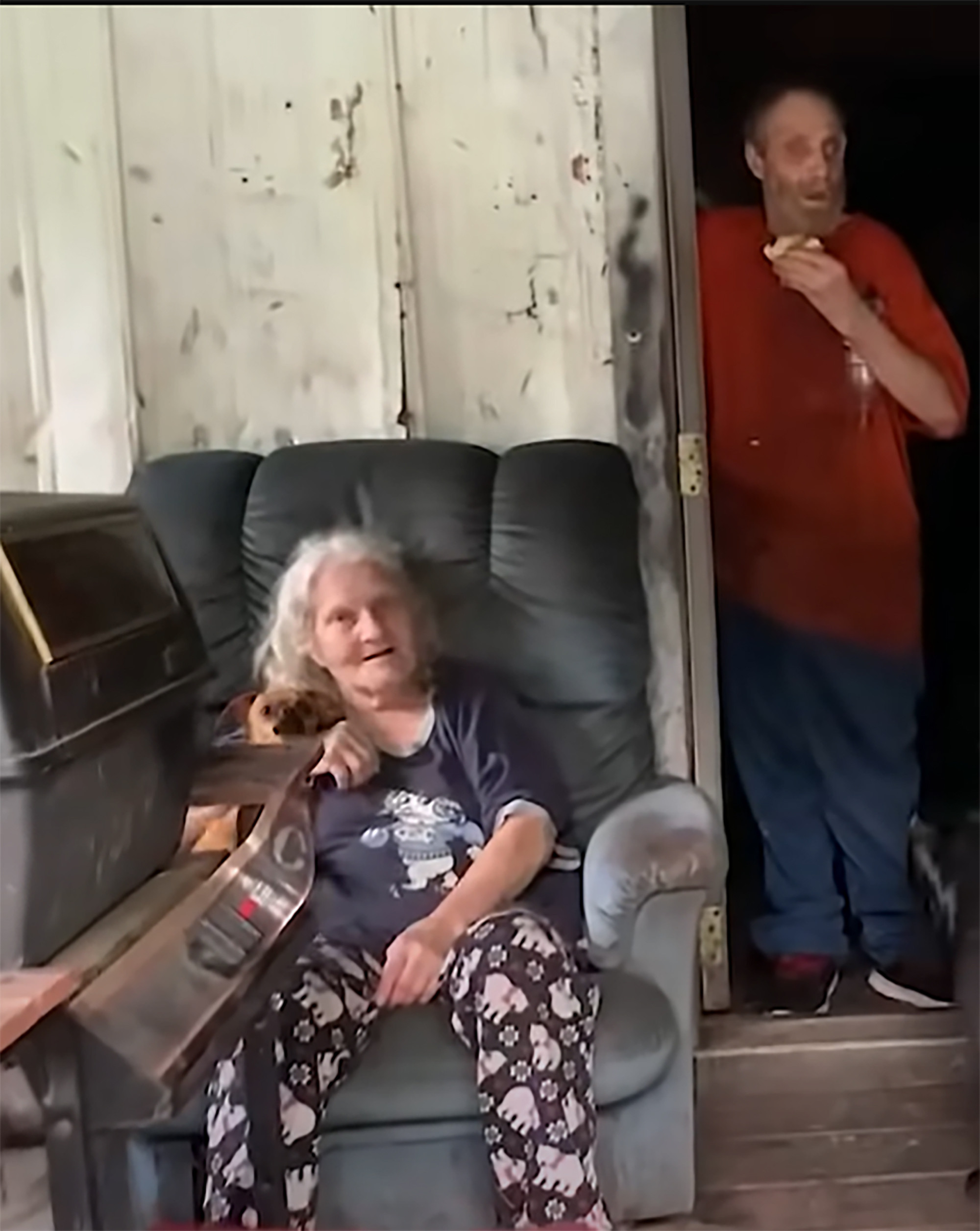 The Whitaker Siblings
The Whitaker Siblings
Siblings Betty, Lorraine, and Ray Whitaker are pictured outside their home in rural West Virginia, showcasing the close-knit nature of their family unit.
Laita likened his experience with the Whittakers to scenes from “Deliverance,” the 1972 film known for its depiction of isolated and misunderstood mountain communities. He recounted instances of trying to interact with family members, only to be met with screams and panicked retreats. He observed their physical appearances, noting that “their eyes are going in different directions,” a visible manifestation of the genetic consequences of inbreeding.
The Whittaker family’s history is marked by inbreeding. Initially reported as siblings marrying siblings, it was later clarified that their parents were double first cousins. This means they shared both sets of grandparents, significantly increasing the likelihood of passing on recessive genes and leading to various physical and cognitive challenges within the family. Some family members communicate primarily through grunts and squawks, as documented in Laita’s videos, although they seem to understand spoken language. As one relative explained to Laita, “They understand what you talking about. If they don’t like it, they start yelling — let you know they don’t like that idea.”
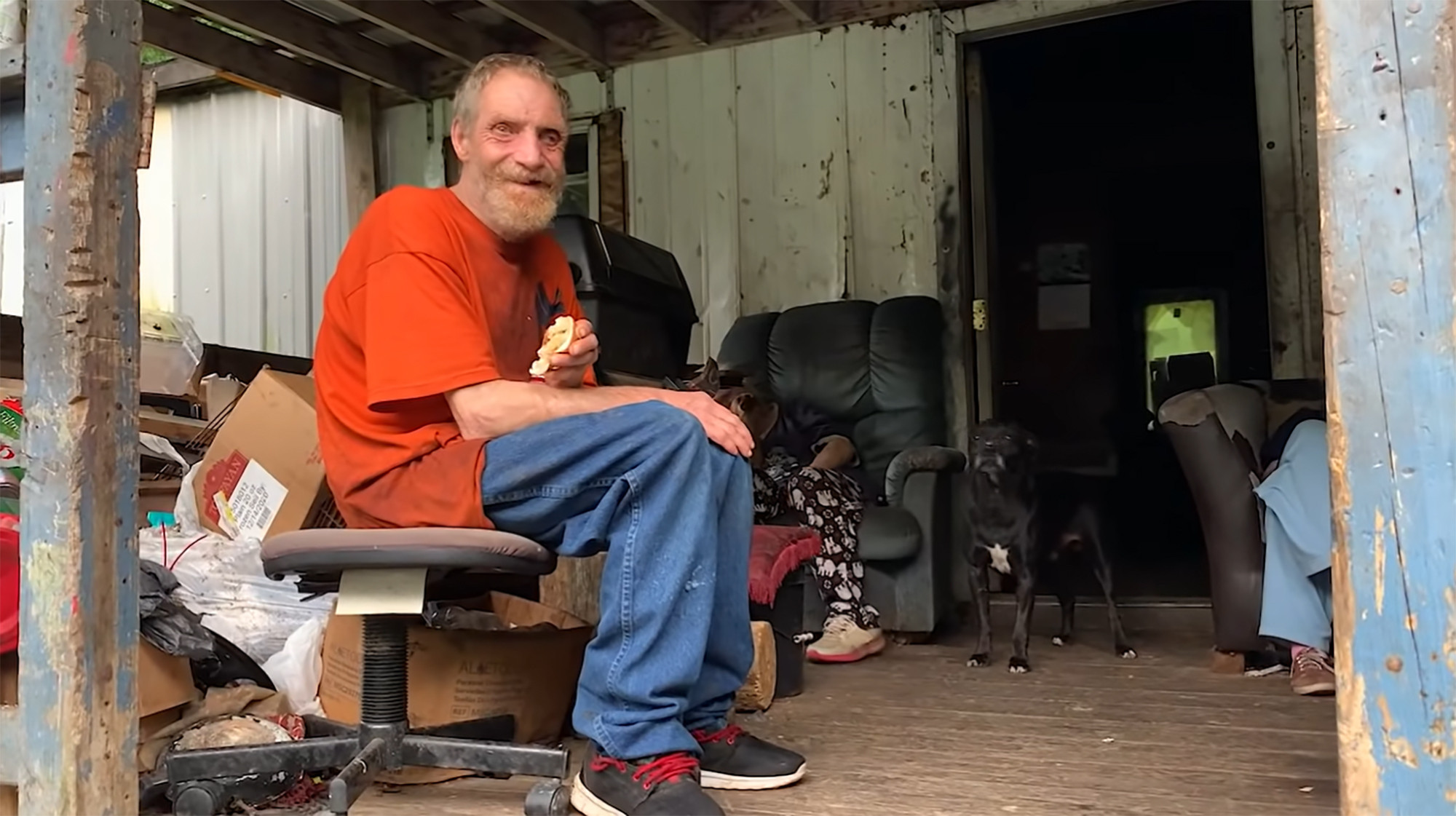 Ray Whitaker on the Porch
Ray Whitaker on the Porch
Ray Whitaker is seen relaxing on the porch of his West Virginia home, offering a candid look into his daily life.
According to experts, inbreeding can lead to a range of adverse effects, including reduced fertility, smaller size, and a heightened risk of genetic disorders. While the Whittakers’ specific genetic conditions haven’t been explicitly diagnosed in the article, their physical characteristics and communication styles suggest the impact of these genetic risks. When Laita inquired about their eye condition, one family member attributed it to “coal mining,” highlighting a potential lack of understanding about the genetic origins of their health issues.
Laita’s work has drawn criticism, with some accusing him of exploiting the Whittaker family and perpetuating negative stereotypes about Appalachia. Critics like Melody West and Shane Simmons from the “Real Appalachia” YouTube channel argue that his documentary reinforces harmful tropes about inbreeding in the region. However, Laita defends his intentions, stating that his primary goal is to shed light on the poverty and hardship faced by the Whittakers and similar communities in Appalachia. He emphasizes the “level of poverty” as a key aspect of their story, aiming to challenge romanticized notions of rural life and highlight the need for greater support for these communities.
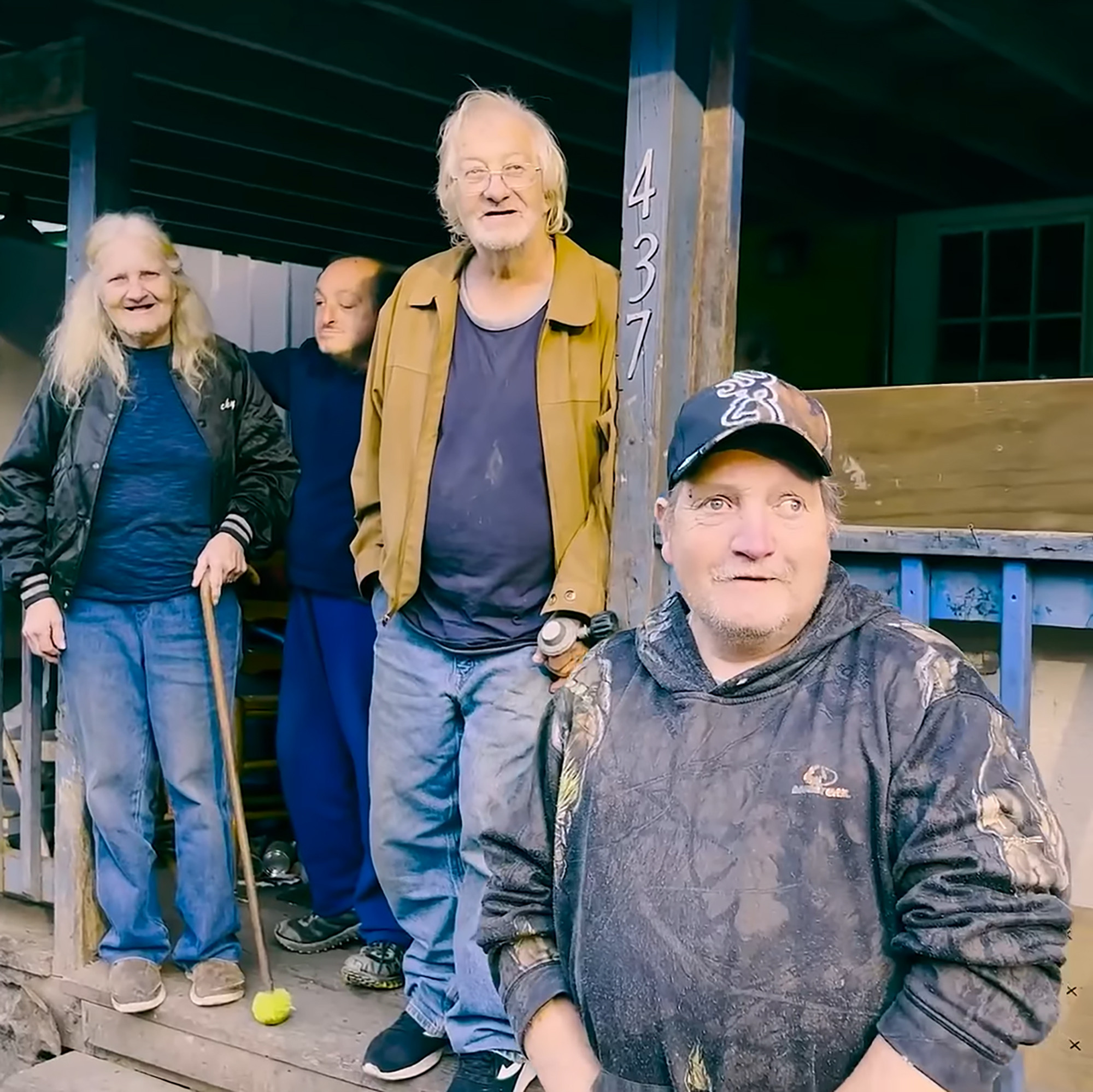 The Whitaker Family Home Exterior
The Whitaker Family Home Exterior
The exterior of the Whitaker family’s home in West Virginia illustrates the modest living conditions and the rural setting of their lives.
To directly assist the Whitaker family, Laita established a GoFundMe campaign to help with living expenses and home improvements. The fundraiser has garnered significant support, raising nearly $50,000 towards its $75,000 goal. Recent videos show Ray Whittaker giving Laita a tour of their renovated home, showcasing new amenities made possible by the donations, including a refrigerator and a proper bed. These improvements offer tangible benefits to the family, improving their quality of life.
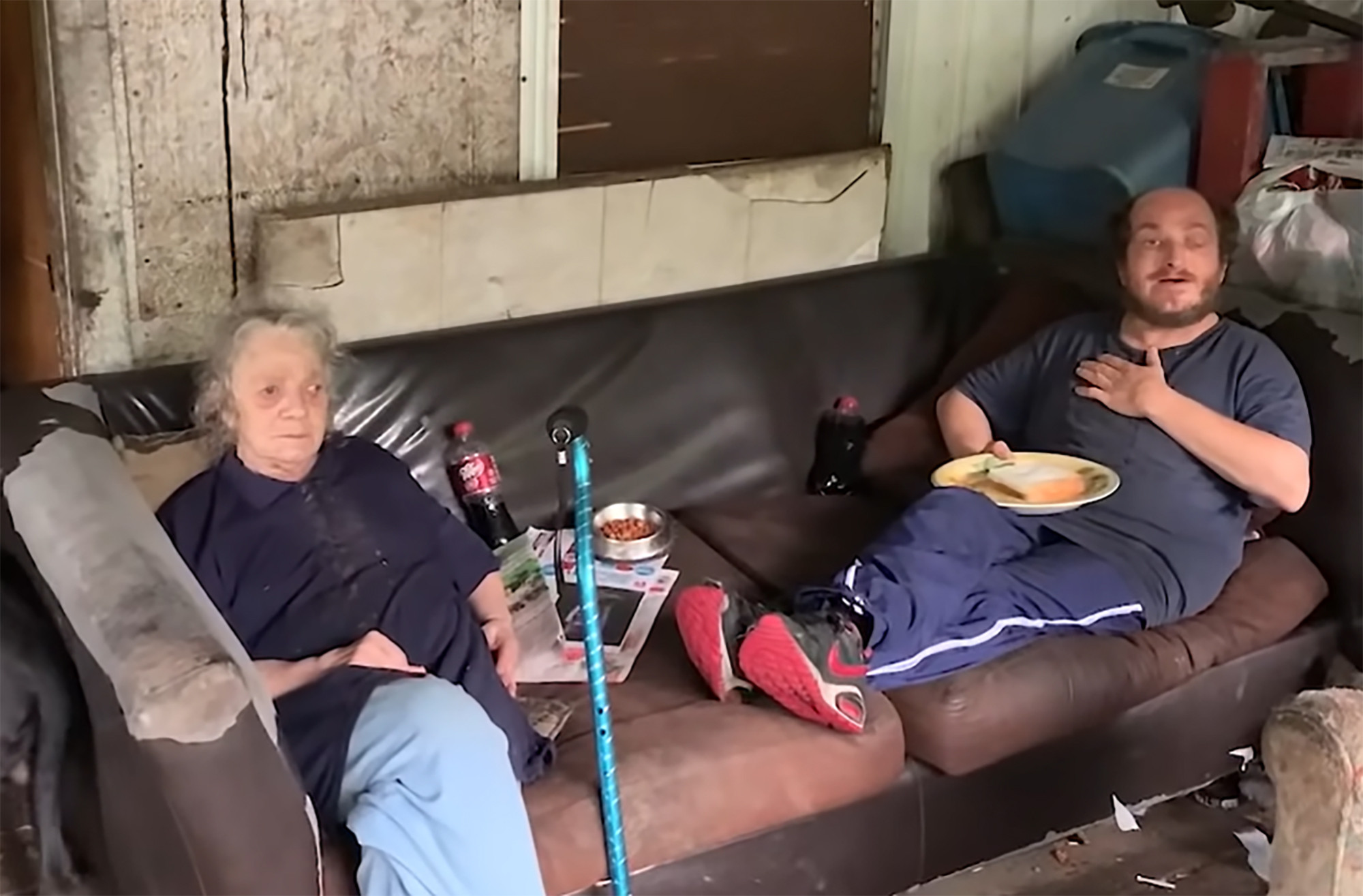 The Whittakers Gathered Together
The Whittakers Gathered Together
A group portrait of the Whitaker family, captured by Mark Laita, emphasizes their familial bonds and the community surrounding them in Odd, West Virginia.
Ultimately, Mark Laita’s documentation of the Whitaker family of West Virginia serves as a complex and often uncomfortable look into a reality that challenges common perceptions. It raises questions about genetic isolation, poverty in Appalachia, and the ethics of documentary filmmaking. While debate continues about the portrayal of the Whittakers, Laita’s work has undeniably brought their story to a wider audience, prompting reflection on the diverse experiences within American society and the ongoing need for understanding and support for marginalized communities like the Whitaker family of West Virginia.


